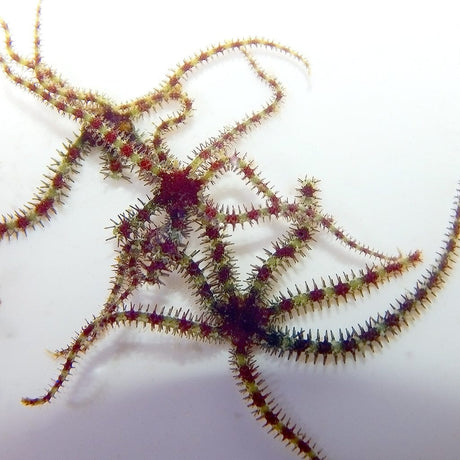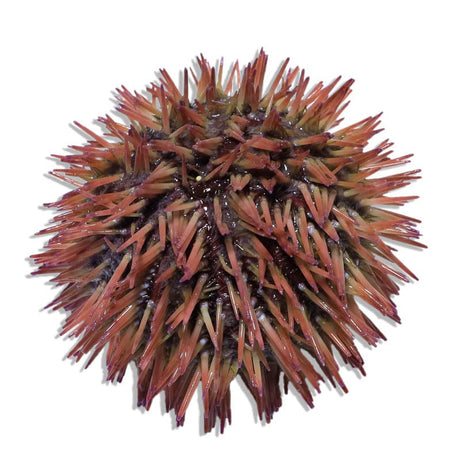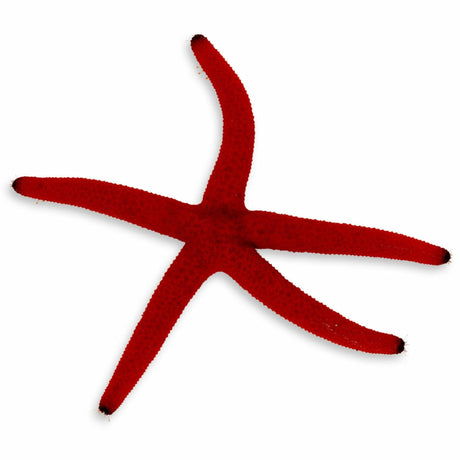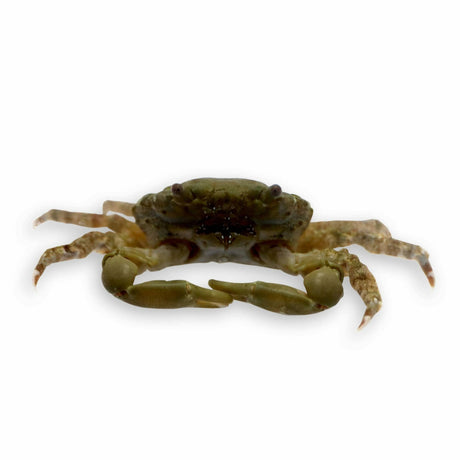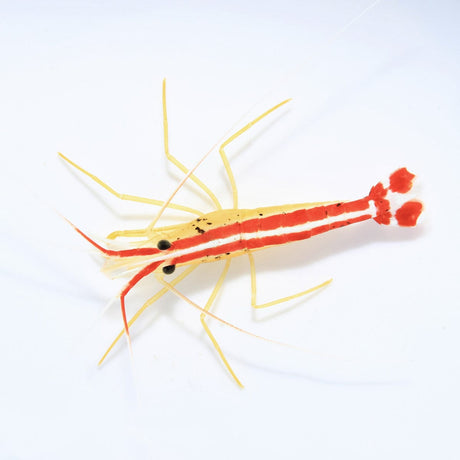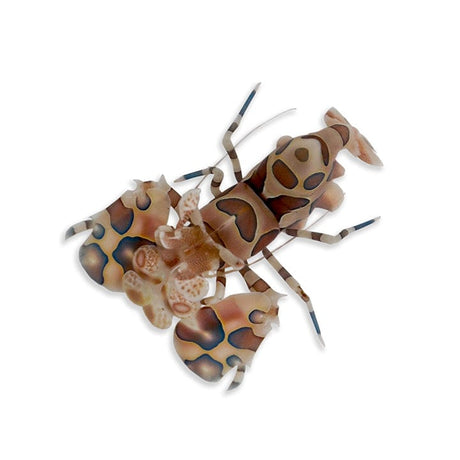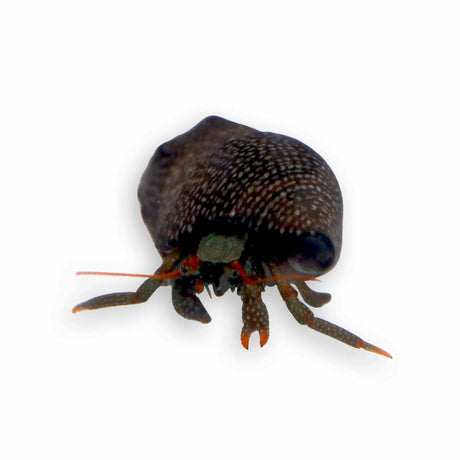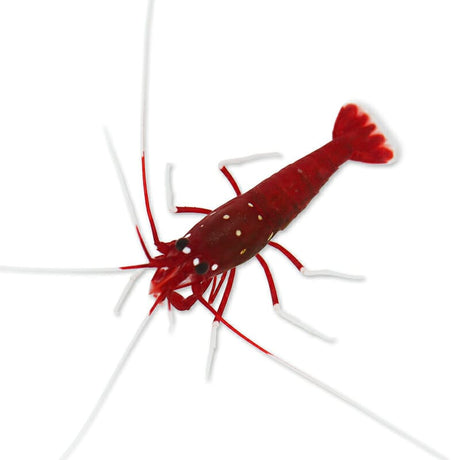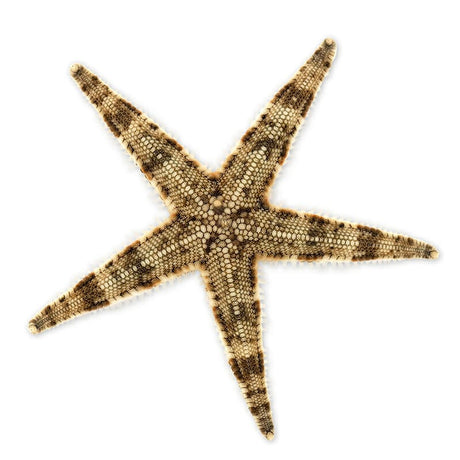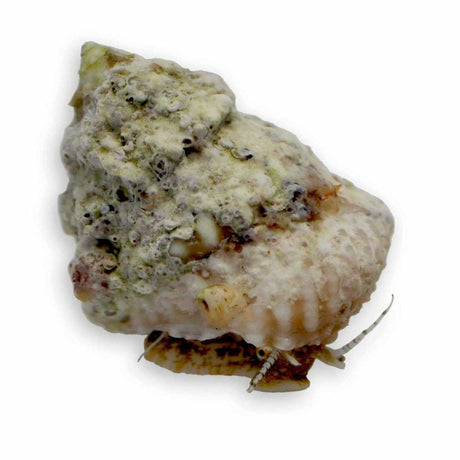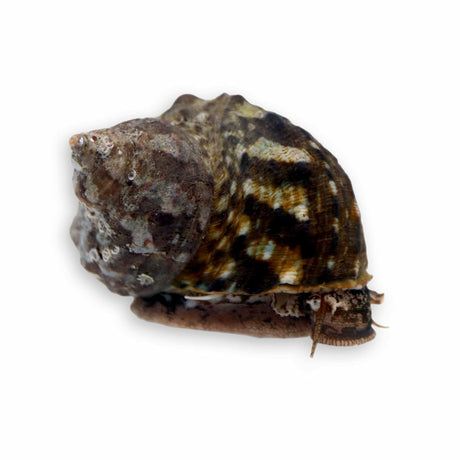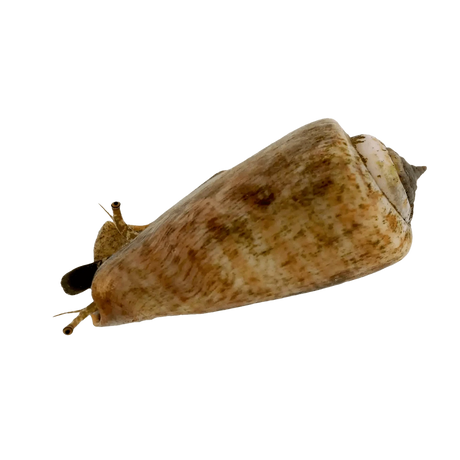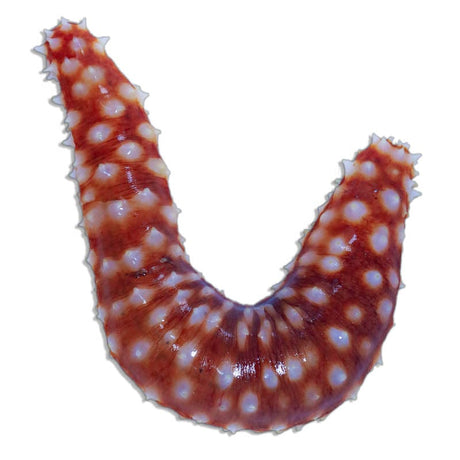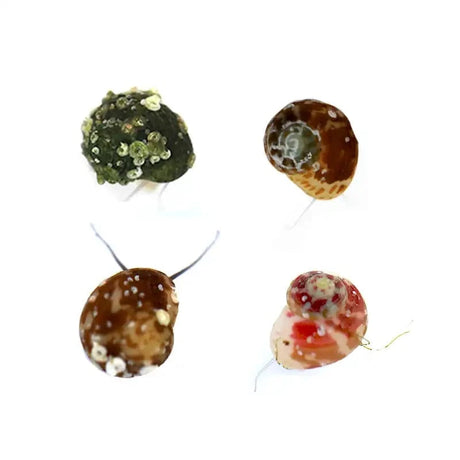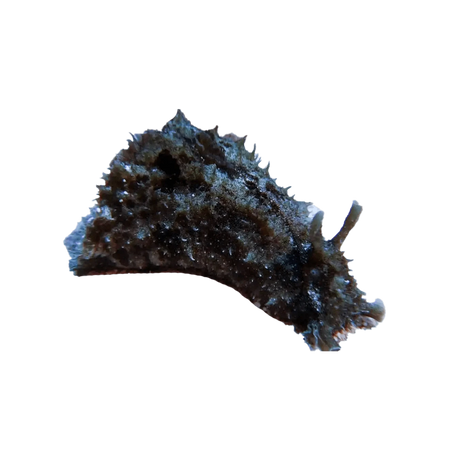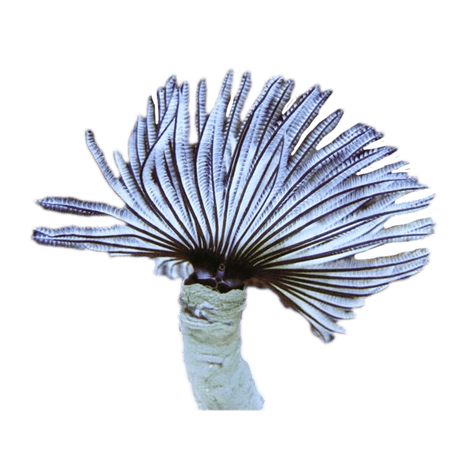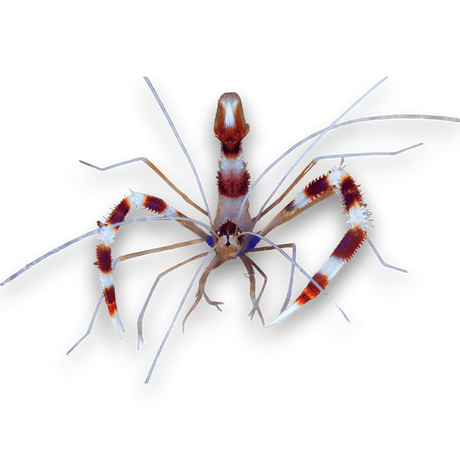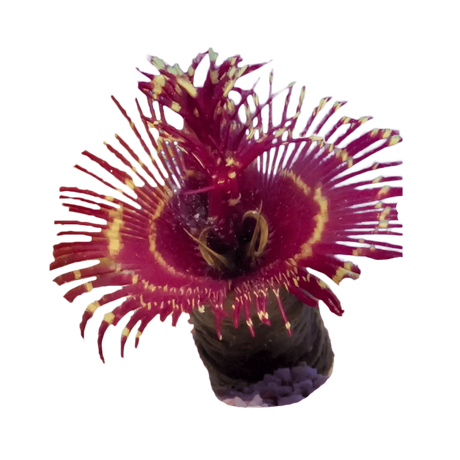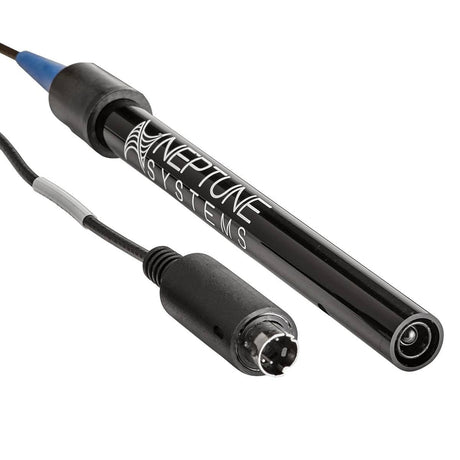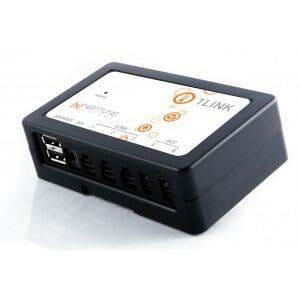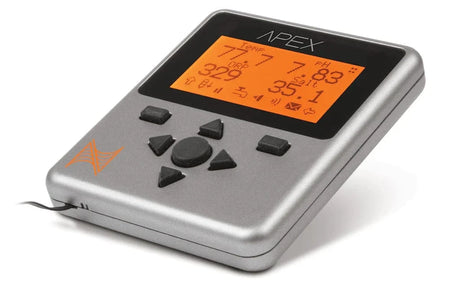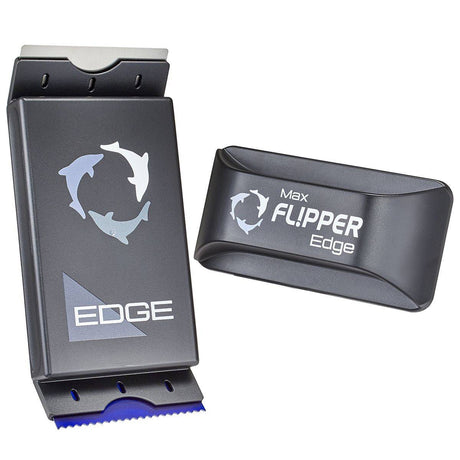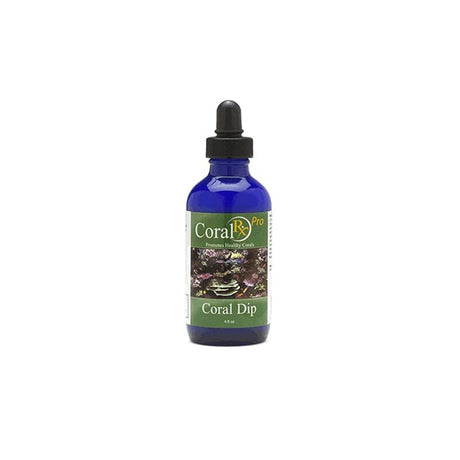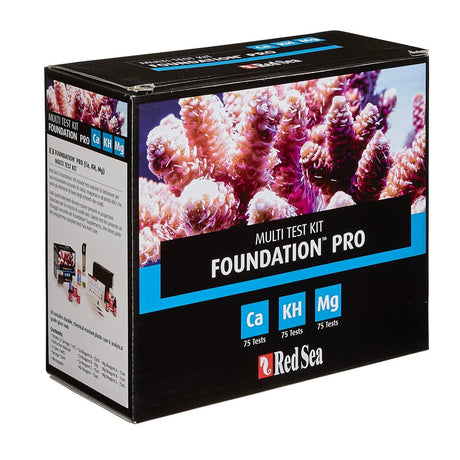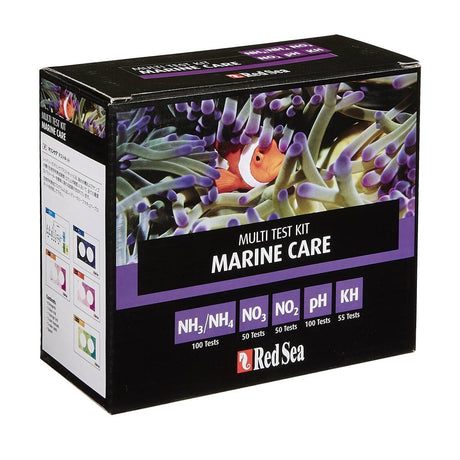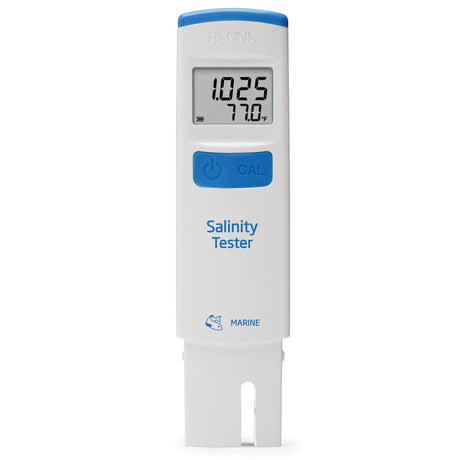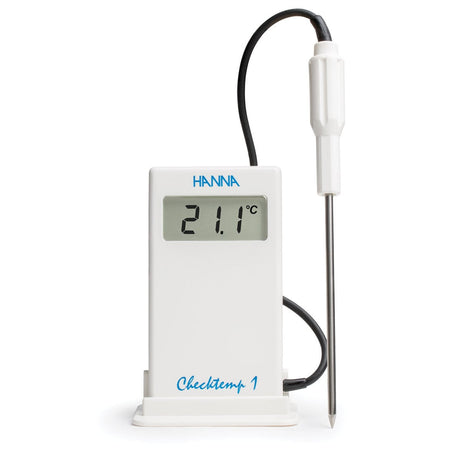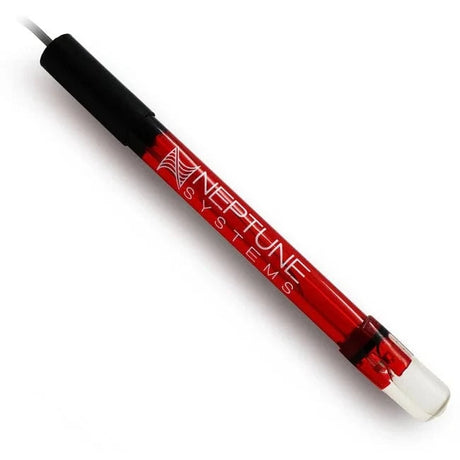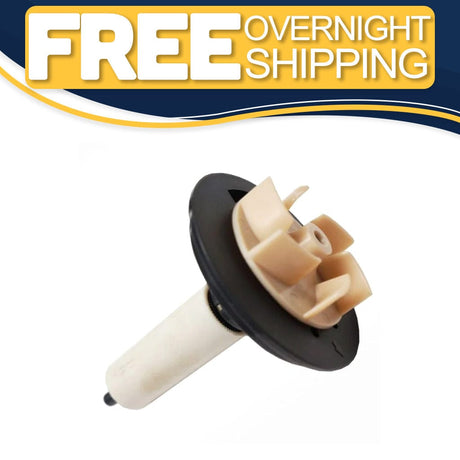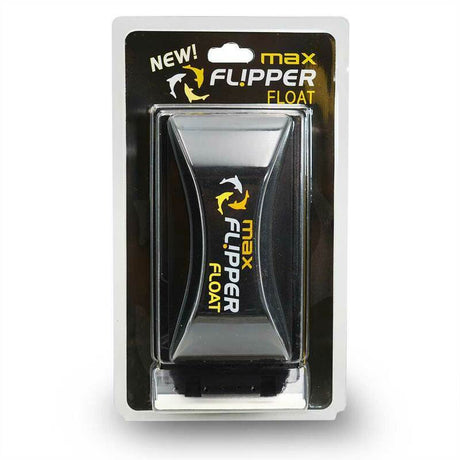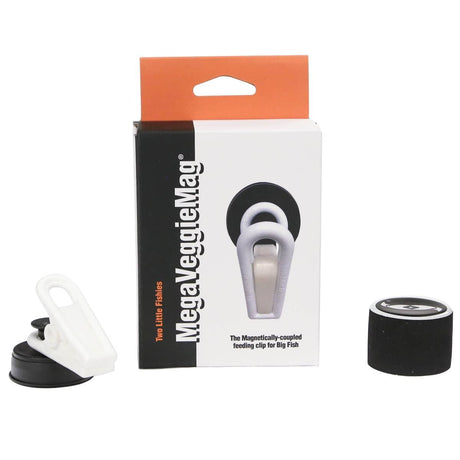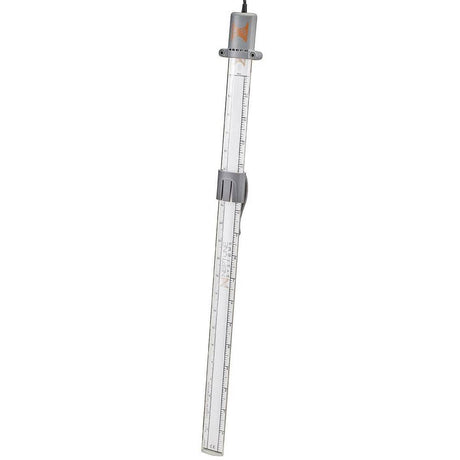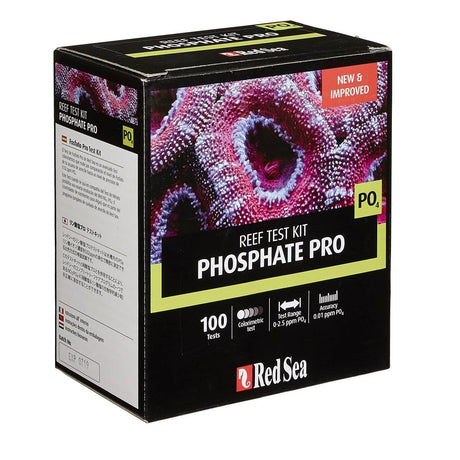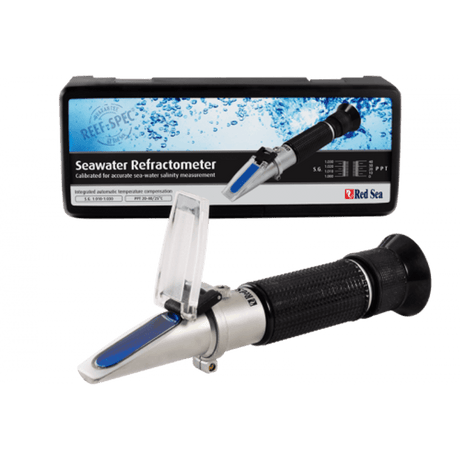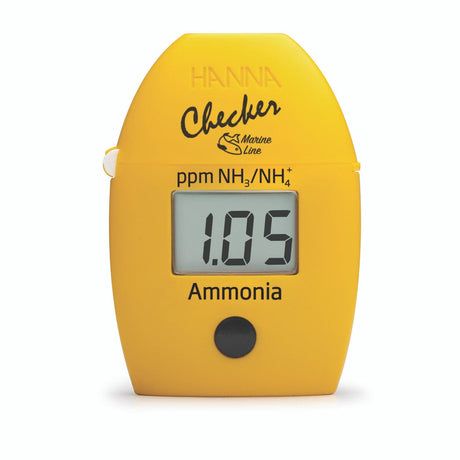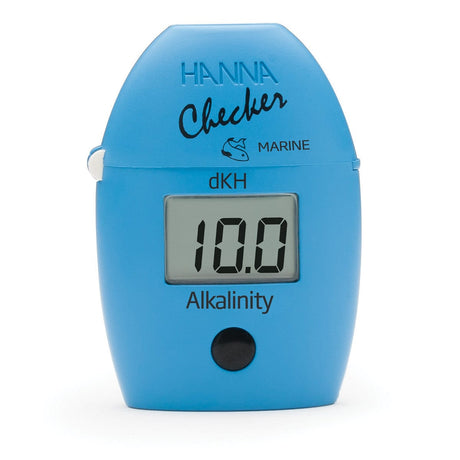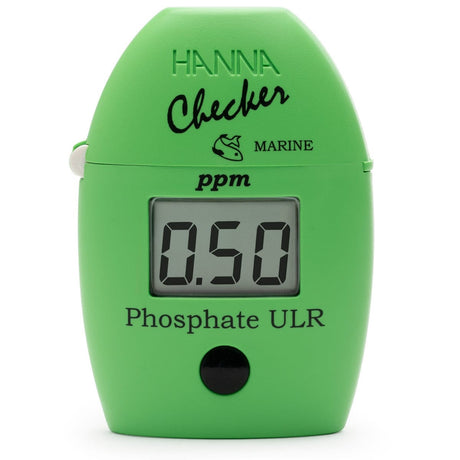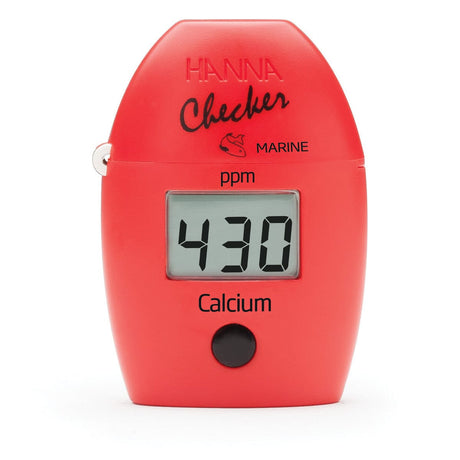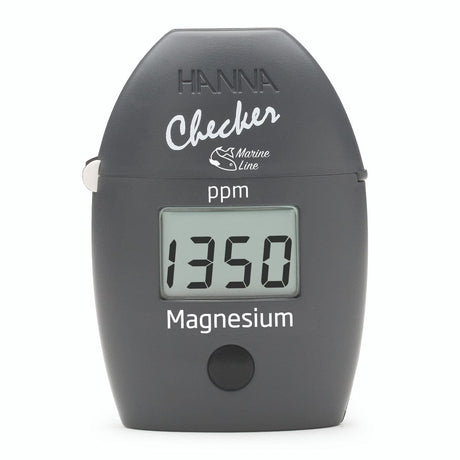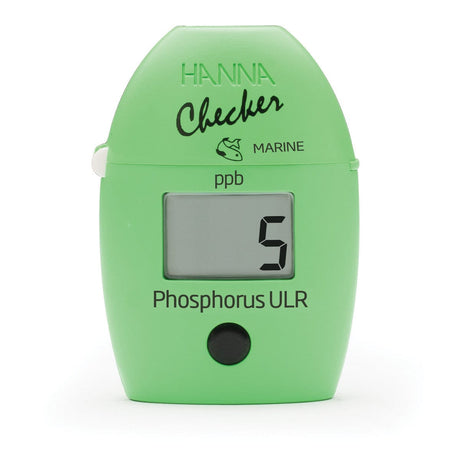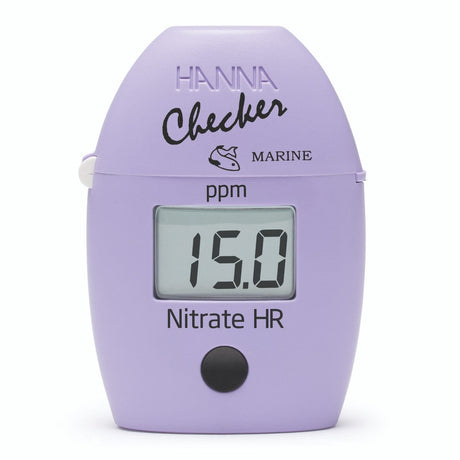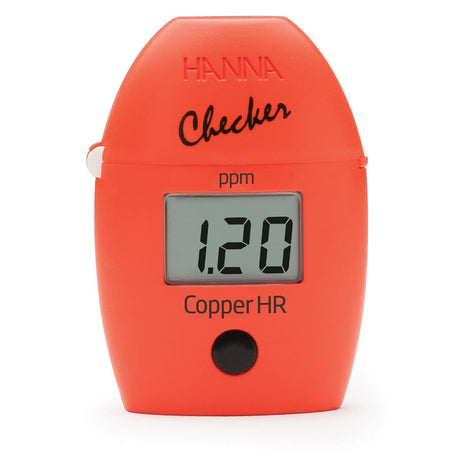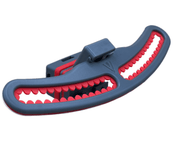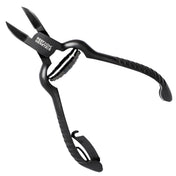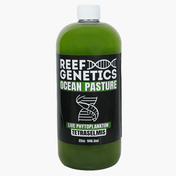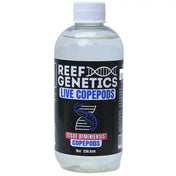Introduction to Trachyphyllia
Trachyphyllia, commonly known as Open Brain Corals or Trachys, are a type of Large Polyp Stony (LPS) coral admired for their vibrant colors and fleshy, rounded structure. They come in a range of stunning shades, including green, red, purple, and blue, often with unique patterns or gradients that make each one distinctive.
These peaceful reef inhabitants are moderately easy to care for and thrive in stable tank environments. Their bold appearance and adaptability make them a favorite for aquarists looking to add a striking focal point to their aquarium.
Natural Habitat and Origin
Open Brain Corals are native to the Indo-Pacific, with populations found in regions like Australia, Indonesia, and the Great Barrier Reef. They are typically found resting on sandy substrates or nestled among rocks in lagoons and protected reef slopes.
In their natural environment, these LPS specimens thrive in calm, nutrient-rich waters where they can expand their fleshy polyps without disruption. Their preference for low-flow habitats makes them an excellent addition to aquariums designed to mimic these conditions.
Water Chemistry
Maintaining the right water chemistry is essential for the health and vibrant coloration of Open Brain Corals. These LPS corals are particularly sensitive to sudden parameter swings, so a stable environment is crucial. Trachyphyllia tend to do best in mature reef systems where water conditions remain consistent and predictable.
Ideal Parameters:
- Calcium: 400–450 ppm
- Alkalinity: 8–12 dKH
- Magnesium: 1250–1350 ppm
- Nitrates: 5–15 ppm
- Phosphates: <0.10 ppm
- Temperature: 76–80°F
- Salinity: 1.024–1.026
While Trachys are slightly more tolerant of elevated nutrient levels than some other corals, poor water quality or imbalances can quickly result in stress or tissue recession. Regular water changes and careful monitoring are recommended to maintain optimal conditions.
Lighting
Trachyphyllia corals are well-suited to low to moderate lighting conditions, thriving in areas with a PAR range of 50–150. These corals naturally inhabit shaded or semi-shaded regions in the wild, making them ideal for placement in the lower or more sheltered areas of your tank.
Best Practices for Lighting:
- Start by placing your Trachy in a shaded or low-light area and gradually acclimate it to brighter conditions over 2–3 weeks.
- Blue-spectrum lighting enhances the coral's fluorescent tones, bringing out intricate patterns and vibrant hues.
- Avoid overly intense light, which can cause bleaching or tissue stress.
At Top Shelf Aquatics, we house Open Brain Corals under advanced lighting systems, such as Ecotech Marine Radions and T5 fixtures, designed to replicate natural conditions. This ensures optimal health and brings out the coral’s bold coloration.
Water Flow
Proper water flow is essential for the health of Trachyphyllia, as it aids in removing waste, delivering nutrients, and preventing debris accumulation on their fleshy tissue. They thrive in low to moderate water movement, allowing their large polyps to expand fully without being disturbed by strong currents.
Key Considerations for Flow:
- Gentle, indirect flow is ideal to keep the coral’s surface clear of debris while avoiding tissue damage.
- Avoid high-flow areas, which can cause the coral to retract its polyps or experience irritation.
- Placement on a flat, stable surface or sandy substrate ensures the coral remains undisturbed by shifting water currents.
At Top Shelf Aquatics, we use advanced flow systems like Ecotech Marine MP pumps to mimic the calm, steady water movement found in natural lagoon environments. These setups support healthy tissue expansion and feeding behavior.
What We Feed
Trachyphyllia corals primarily rely on their symbiotic zooxanthellae for energy through photosynthesis, but supplemental feeding provides additional nutrients that enhance their coloration, growth, and overall health. They benefit greatly from occasional target feeding, especially in systems with low nutrient levels.
Recommended Foods:
- Mysis shrimp
- Finely chopped seafood, such as scallops or squid
- High-quality powdered foods like Reef Roids or Benepets Coral Food
- Plankton-based options, including Tisochrysis
Feeding Tips:
- Target-feed the coral by gently delivering food near its central mouth using a pipette or turkey baster.
- Feeding during the evening, when the coral’s feeding tentacles are extended, is most effective.
- Pause water movement for 10–15 minutes to give the coral time to capture and consume its meal.
Coloration and Tank Maturity
Trachyphyllia are renowned for their striking coloration, with hues ranging from metallic greens and fiery reds to purples and blues. Many specimens feature intricate gradients or marbled patterns that become even more pronounced under blue-spectrum lighting.
Open Brain Corals tend to thrive in mature reef systems where water quality is stable and nutrient levels are balanced. In newer tanks, fluctuating parameters can lead to stress, slowing growth or diminishing the coral's natural brilliance.
Common Challenges
- Tissue Recession: Poor water quality, unstable parameters, or physical damage can lead to tissue loss.
- Bleaching: Excessive light exposure or sudden changes in lighting conditions can cause bleaching.
- Polyp Bailout: Extreme stress can result in polyp bailout, where the coral detaches from its skeleton.
- Detritus Accumulation: Gentle water flow helps keep their fleshy surface clean and free of debris.
- Pests and Aggression: Aggressive tank mates or pests may harm Trachyphyllia by nipping at their tissue.
Acclimation Guide
Proper acclimation ensures Trachyphyllia adjust smoothly to their new environment:
- Temperature Acclimation: Float the sealed bag in your aquarium for 15–20 minutes to equalize the temperature.
- Drip Acclimation: Gradually mix tank water with the shipping water over 30–45 minutes.
- Lighting Acclimation: Place the coral in a shaded or low-light area initially and gradually increase exposure.
- Placement: Position Trachyphyllia on a stable, flat surface or sandy substrate in a low to moderate flow area.
At Top Shelf Aquatics, we take pride in ensuring your order arrives safely and in perfect condition. Here’s everything you need to know about our shipping process:
Livestock Shipping Details
- Flat Rate Shipping:
- $39.99 Out of State
- $34.99 Florida (In-State)
- Orders over $299 ship FREE!
- NO FREE Shipping during Sale Events
- Shipping Days: The calendar during checkout determines when your livestock order will arrive. Normally we ship Monday - Thursday via FedEx Priority Overnight.
Orders placed by 2 PM EST Monday - Thursday ship the same day. Orders placed after 2 PM or on Fridays will ship the next business day. - Delivery Times: Most packages arrive by 10:30 AM EST, though remote areas may experience later deliveries.
We take every measure to protect your livestock, including specialized packaging to maintain temperature and safety during transit.
Dead on Arrival (DOA) Policy
In the rare event of a DOA, you must submit a DOA Request within 2 hours of delivery (FedEx posted time). Once submitted, we will issue a replacement or store credit for the livestock. Please note:
- Shipping costs are not included in the credit.
- Refunds are not offered for livestock or shipping.
While we cannot be held responsible for delays caused by mechanical or weather issues, rest assured we’ll do everything possible to make it right!
Reef Guard Protection Plan
For ultimate peace of mind, upgrade to our Reef Guard Protection Plan. With Reef Guard, you’ll enjoy:
- Extended Livestock Guarantee: Coverage for up to 5 days.
- Priority Resolutions: Hassle-free claims with fast resolutions.
- Weather & Shipping Delay Coverage: Includes FedEx lost packages and damages.
Shipping Restrictions
- We currently ship livestock only within the continental U.S.
- Note: Due to Hawaii state law, we are unable to ship corals to Hawaii.
Now’s the perfect time to prepare your aquarium for its new additions. Consider doing a water change and ensuring space is ready. Check out our YouTube channel for detailed care instructions for your new corals!
For any questions or concerns, feel free to reach out to our support team. We’re here to help make your reefing journey a success!
How We Capture Stunning Coral Photos
Our Gear:
We rely on the EOS R1 Mirrorless Camera for its unmatched ability to produce high-resolution, true-to-life images. This advanced camera is designed to excel in challenging lighting conditions, like those found in reef aquariums, capturing even the most subtle details with exceptional precision. Its fast focusing system ensures every shot is sharp, even in dynamic environments.
Our lens of choice is the EF 100mm f/2.8L Macro IS USM, a professional-grade macro lens specifically designed for close-up photography. This lens excels at capturing fine details like polyp extensions and intricate coral textures while maintaining accurate color reproduction. Its 100mm focal length allows us to shoot at a comfortable distance without disturbing the coral, and the advanced Image Stabilization (IS) ensures consistently sharp results. This is particularly important when photographing under water flow, where steady hands make all the difference.
Lighting Settings:
To bring out the vibrant fluorescence and rich hues of our corals, we photograph them under Ecotech Marine Radion XR30 Blues with these precise settings:
- 100% Violet
- 100% UV
- 100% Deep Blue
- 50% Blue
We also apply a custom white balance to ensure the colors you see in the photos match the corals' natural appearance in a properly lit aquarium.
We take great care with our photography to make sure every coral looks as vibrant and true-to-life as it does in person, so you can easily picture it thriving in your own reef.




